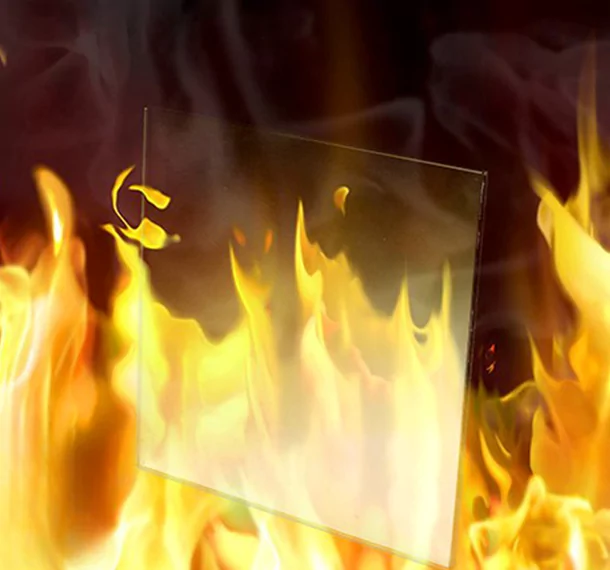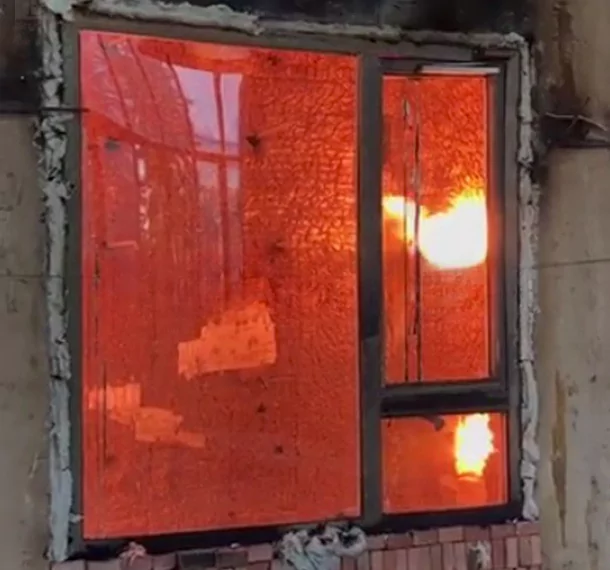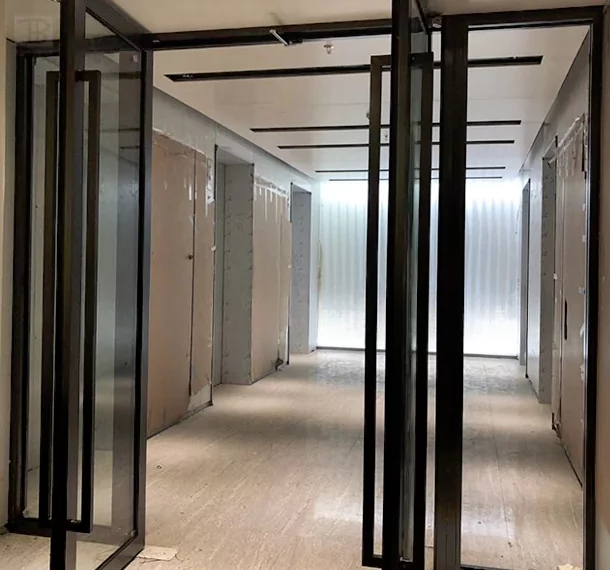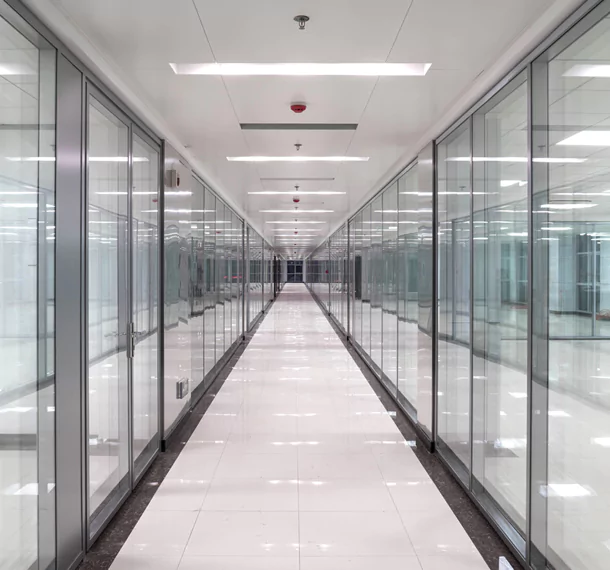Fire-rated glass plays an essential part in improving building safety by protecting against flames, smoke, radiant and convective heat sources. Fire-rated glass offers aesthetic and daylighting initiatives in addition to its functional aspects. One key benefit is maintaining structural integrity during a fire event, giving critical time for evacuation and reducing property damage. Additionally, this specialized glass can enhance security measures without compromising design aesthetics. Furthermore, fire-resistant glass allows natural light to permeate through spaces while upholding safety standards; its multifaceted benefits make it an essential component in modern architectural design for both aesthetics and safety.
When it comes to fire-rated glass Hamamatsu , there have been several successful projects that showcase its versatility and safety features. Let's delve into three notable projects where fire-rated glass Hamamatsu was used effectively as glass doors or glass walls, demonstrating its importance in modern architecture and design in Hamamatsu.
1. Project Name: Skyline Tower_
Effect: The use of fire-rated glass walls in the lobby area not only enhances the aesthetic appeal but also ensures the safety of occupants. The transparency of the glass allows natural light to flow through, creating a bright and welcoming atmosphere.
2. Project Name: Innovate Office Complex_
Effect: By incorporating fire-rated glass doors in key areas such as meeting rooms and common spaces, the project achieved a balance between open collaboration and designated private spaces. The sleek design of the glass doors added a touch of modernity to the overall office environment.
3. Project Name: Zenith Mall Renovation_
Effect: Utilizing fire-rated glass partitions throughout the mall helped create defined retail spaces while maintaining an open feel for shoppers. The transparency of the glass walls allowed for unobstructed views of storefronts, enhancing visibility and promoting a sense of security among visitors.
These projects exemplify how fire-rated glass can be seamlessly integrated into architectural designs to not only meet safety requirements but also elevate the visual appeal and functionality of a space.
Our Location in Japan:3-1 Higashimagarimachi,Hamamatsu,Japan
FIRE-RATED GLASS Bungoma
VIDRIO RESISTENTE AL FUEGO Arequipa
VIDRIO RESISTENTE AL FUEGO Portland
KACA KEBAKARAN Rantau Prapat
VIDRIO RESISTENTE AL FUEGO Grecia
YANGINA DAYANIKLI CAM Kastamonu
FIRE-RATED GLASS Western
VIDRO À PROVA DE FOGO Araguari







